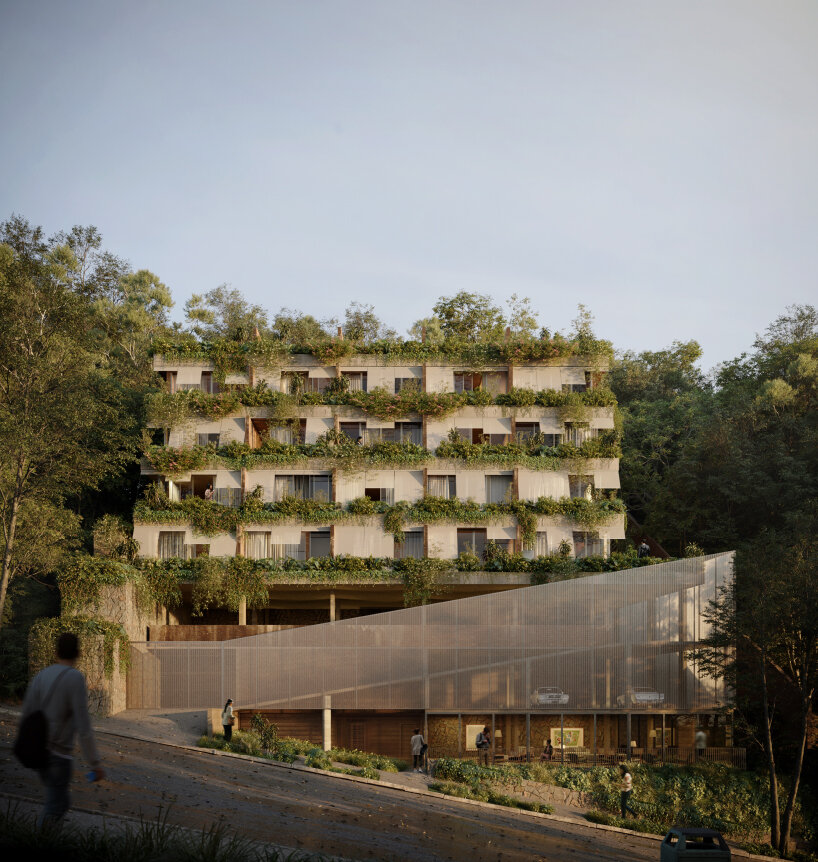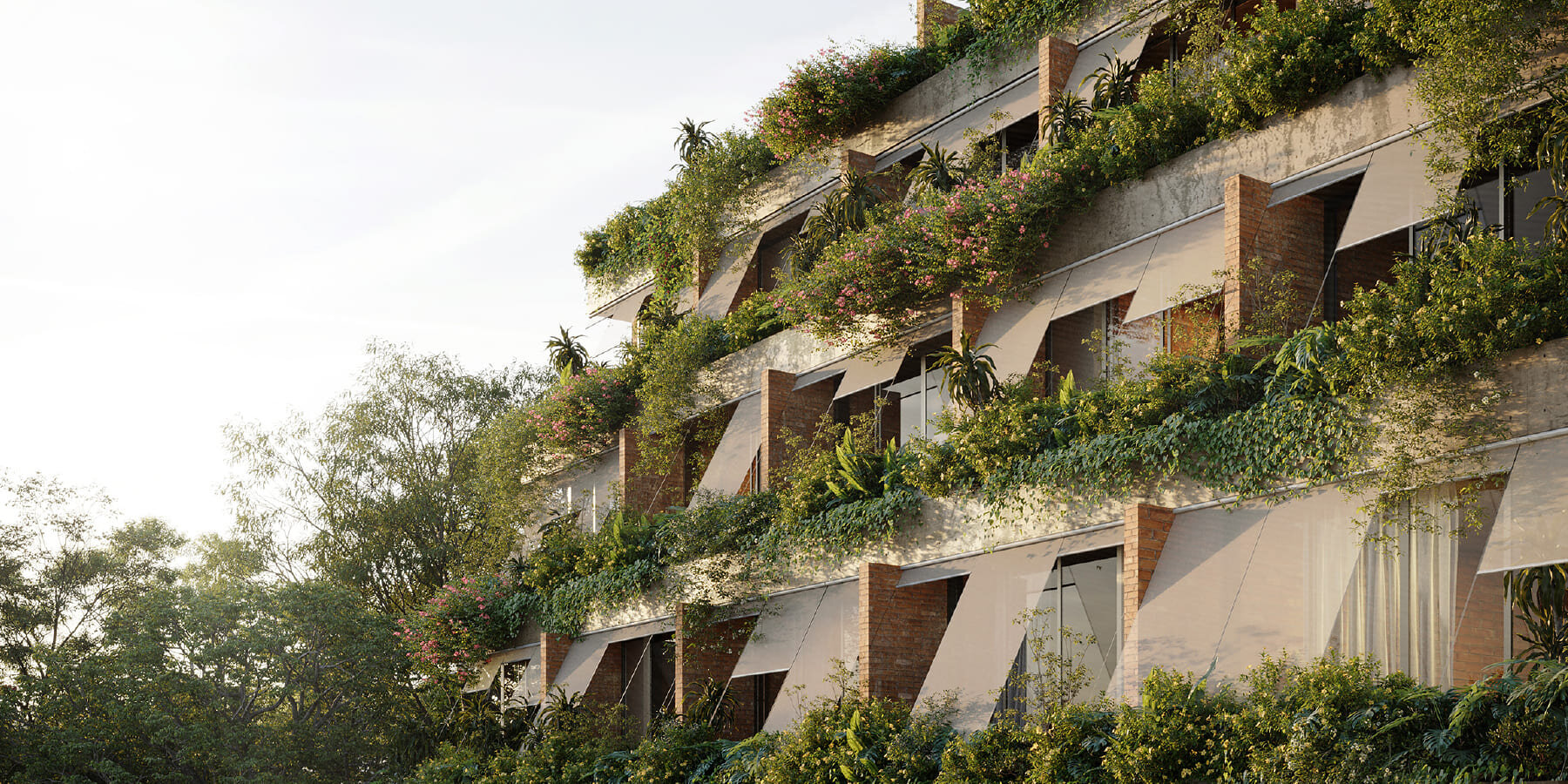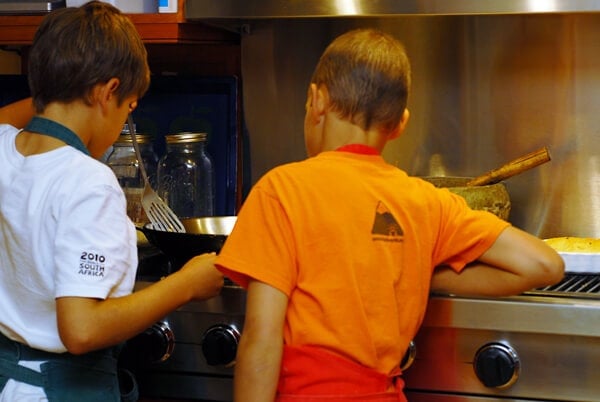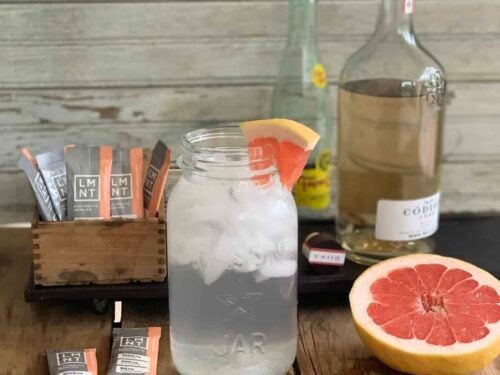A discussion of how AI can help and harm people with disabilities
I recently read a September 4th thread on Bluesky by Dr. Johnathan Flowers of American University about the dustup that occurred when organizers of NaNoWriMo put out a statement saying that they approved of people using generative AI such as LLM chatbots as part of this year’s event.
“Like, art is often the ONE PLACE where misfitting between the disabled bodymind and the world can be overcome without relying on ablebodied generosity or engaging in forced intimacy. To say that we need AI help is to ignore all of that.” -Dr. Johnathan Flowers, Sept 4 2024
Dr. Flowers argued that by specifically calling out this decision as an attempt to provide access to people with disabilities and marginalized groups, the organizers were downplaying the capability of these groups to be creative and participate in art. As a person with a disability himself, he notes that art is one of a relatively few places in society where disability may not be a barrier to participation in the same way it is in less accessible spaces.
Since the original announcement and this and much other criticism, the NaNoWriMo organizers have softened or walked back some of their statement, with the most recent post seeming to have been augmented earlier this week. Unfortunately, as so often happens, much of this conversation on social media devolved into an unproductive discussion.
I’ve talked in this space before about the difficulty in assessing what it really means when generative AI is involved in art, and I still stand by my point that as a consumer of art, I am seeking a connection to another person’s perspective and view of the world, so AI-generated material doesn’t interest me in that way. However, I have not spent as much time thinking about the role of AI as accessibility tooling, and that’s what I’d like to discuss today.
I am not a person with physical disability, so I can only approach this topic as a social scientist and a viewer of that community from the outside. My views are my own, not those of any community or organization.
In a recent presentation, I was asked to begin with a definition of “AI”, which I always kind of dread because it’s so nebulous and difficult, but this time I took a fresh stab at it, and read some of the more recent regulatory and policy discussions, and came up with this:
AI: use of certain forms of machine learning to perform labor that otherwise must be done by people.
I’m still workshopping, and probably will be forever as the world changes, but I think this is useful for today’s discussion. Notice that this is NOT limiting our conversation to generative AI, and that’s important. This conversation about AI specifically relates to applying machine learning, whether it involves deep learning or not, to completing tasks that would not be automatable in any other way currently available to us.
Social theory around disability is its own discipline, with tremendous depth and complexity. As with discussions and scholarship examining other groups of people, it’s incredibly important for actual members of this community to have their voices not only heard, but to lead discussions about how they are treated and their opportunities in the broader society. Based on what I understand of the field, I want to prioritize concerns about people with disability having the amount of autonomy and independence they desire, with the amount of support necessary to have opportunities and outcomes comparable to people without disabilities. It’s also worth mentioning that much of the technology that was originally developed to aid people with disabilities is assistive to all people, such as automatic doors.
So, what role can AI really play in this objective? Is AI a net good for people with disabilities? Technology in general, not just AI related development, has been applied in a number of ways to provide autonomy and independence to people with disabilities that would not otherwise be possible. Anyone who has, like me, been watching the Paris Paralympics this past few weeks will be able to think of examples of technology in this way.
But I’m curious what AI provides to the table that isn’t otherwise there, and what the downsides or risks may be. Turns out, quite a bit of really interesting scholarly research has already been done on the question and continues to be released. I’m going to give a brief overview of a few key areas and provide more sources if you happen to be interested in a deeper dive in any of them.
Neurological and Communication Issues
This seems like it ought to be a good wheelhouse for AI tools. LLMs have great usefulness for restating, rephrasing, or summarizing texts. When individuals struggle with reading long texts/concentration, having the ability to generate accurate summaries can make the difference between a text’s themes being accessible to those people or not. This isn’t necessarily a substitution for the whole text, but just might be a tool augmenting the reader’s understanding. (Like Cliff Notes, but for the way they’re supposed to be used.) I wouldn’t recommend things like asking LLMs direct questions about the meaning of a passage, because that is more likely to produce error or inaccuracies, but summarizing a text that already exists is a good use case.
Secondarily, people with difficulty in either producing or consuming spoken communication can get support from AI tools. The technologies can either take spoken text and generate highly accurate automatic transcriptions, which may be easier for people with forms of aphasia to comprehend, or it can allow a person who struggles with speaking to write a text and convert this to a highly realistic sounding human spoken voice. (Really, AI synthetic voices are becoming so amazing recently!)
This is not even getting into the ways that AI can help people with hearing impairment, either! Hearing aids can use models to identify and isolate the sounds the user wants to focus on, and diminish distractions or background noise. Anyone who’s used active noise canceling is benefiting from this kind of technology, and it’s a great example of things that are helpful for people with and without disabilities both.
Vision and Images
For people with visual impairments, there may be barriers to digital participation, including things like poorly designed websites for screen readers, as well as the lack of alt text describing the contents of images. Models are increasingly skilled at identifying objects or features within images, and this may be a highly valuable form of AI if made widely accessible so that screen reading software could generate its own alt text or descriptions of images.
Physical Prosthetics
There are also forms of AI that help prosthetics and physical accessibility tools work better. I don’t mean necessarily technologies using neural implants, although that kind of thing is being studied, but there are many models that learn the physics of human movement to help computerized powered prosthetics work better for people. These can integrate with muscles and nerve endings, or they can subtly automate certain movements that help with things like fine motor skills with upper limb prosthetics. Lower body limb prosthetics can use AI to better understand and produce stride lengths and fluidity, among other things.
Representation and Erasure
Ok, so that is just a handful of the great things that AI can do for disability needs. However, we should also spend some time discussing the areas where AI can be detrimental for people with disabilities and our society at large. Most of these areas are about the cultural production using AI, and I think they are predominantly caused by the fact that these models replicate and reinforce social biases and discrimination.
For example:
- Because our social structures don’t prioritize or highlight people with disabilities and their needs, models don’t either. Our society is shot through with ableism and this comes out in texts produced by AI. We can explicitly try to correct for that in prompt engineering, but a lot of people won’t spend the time or think to do that.
- Similarly, images generated by AI models tend to erase all kinds of communities that are not dominant culturally or prioritized in media, including people with disabilities. The more these models use training data that includes representation of people with disabilities in positive context, the better this will get, but there is always a natural tension between representation proportions being true to life and having more representation because we want to have better visibility and not erasure.
Data Privacy and Ethics
This area has two major themes that have negative potential for people with disabilities.
- First, there is a high risk of AI being used to make assumptions about desires and capabilities of people with disabilities, leading to discrimination. As with any group, asking AI what the group might prefer, need, or find desirable is no substitute for actually getting that community involved in decisions that will affect them. But it’s easy and lazy for people to just “ask AI” instead, and that is undoubtedly going to happen at times.
- Second, data privacy is a complicated topic here. Specifically, when someone is using accessibility technologies, such as a screen reader for a cell phone or webpage, this can create inferred data about disability status. If that data is not carefully protected, the disability status of an individual, or the perceived status if the inference is wrong, can be a liability that will subject the person to risks of discrimination in other areas. We need to ensure that whether or not someone is using an accessibility tool or feature is regarded as sensitive personal data just like other information about them.
Bias in Medical Treatment
When the medical community starts using AI in their work, we should take a close look at the side effects for marginalized communities including people with disabilities. Similarly to how LLM use can mean the actual voices of people with disabilities are overlooked in important decision making, if medical professionals are using LLMs to advise on the diagnosis or therapies for disabilities, this advice will be affected by the social and cultural negative biases that these models carry.
This might mean that non-stereotypical or uncommon presentations of disability may be overlooked or ignored, because models necessarily struggle to understand outliers and exceptional cases. It may also mean that patients have difficulty convincing providers of their lived experience when it runs counter to what a model expects or predicts. As I’ve discussed in other work, people can become too confident in the accuracy of machine learning models, and human perspectives can be seen as less trustworthy in comparison, even when this is not a justifiable assertion.
There are quite a few other technologies I haven’t had time to cover here, but I do want to make note that the mere existence of a technology is not the same thing as people with disabilities having easy, affordable access to these things to actually use. People with disabilities are often disadvantaged economically, in large part because of unnecessary barriers to economic participation, so many of the exceptional advances are not actually accessible to lots of the people who might need them. This is important to recognize as a problem our society needs to take responsibility for — as with other areas of healthcare in the United States in particular, we do a truly terrible job meeting people’s needs for the care and tools that would allow them to live their best lives and participate in the economy in the way they otherwise could.
This is only a cursory review of some of the key issues in this space, and I think it’s an important topic for those of us working in machine learning to be aware of. The technologies we build have benefits and risks both for marginalized populations, including people with disabilities, and our responsibility is to take this into account as we work and do our best to mitigate those risks.
https://www.frontiersin.org/journals/artificial-intelligence/articles/10.3389/frai.2020.571955/full?ref=blog.mondato.com
https://slate.com/technology/2024/09/national-novel-writing-month-ai-bots-controversy.html
https://www.american.edu/cas/faculty/jflowers.cfm






















